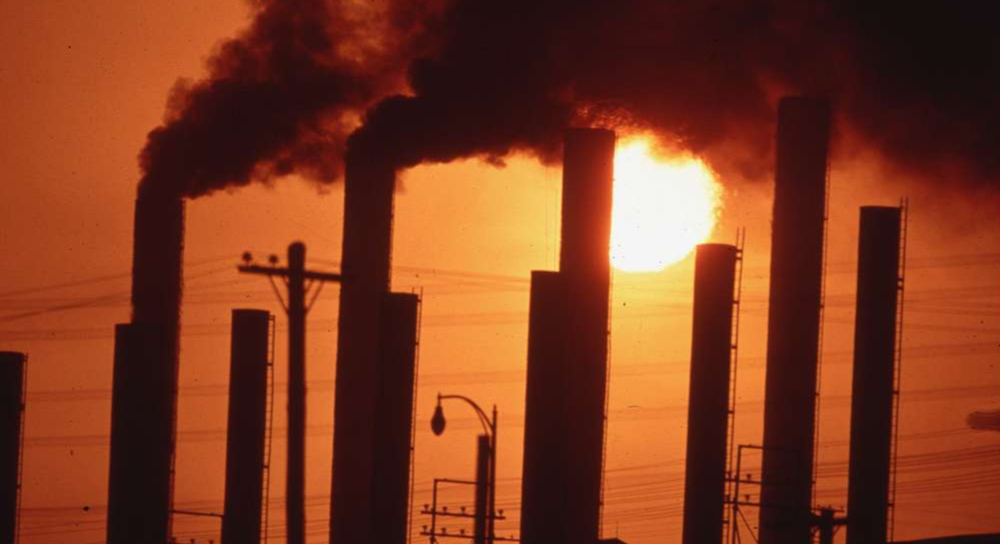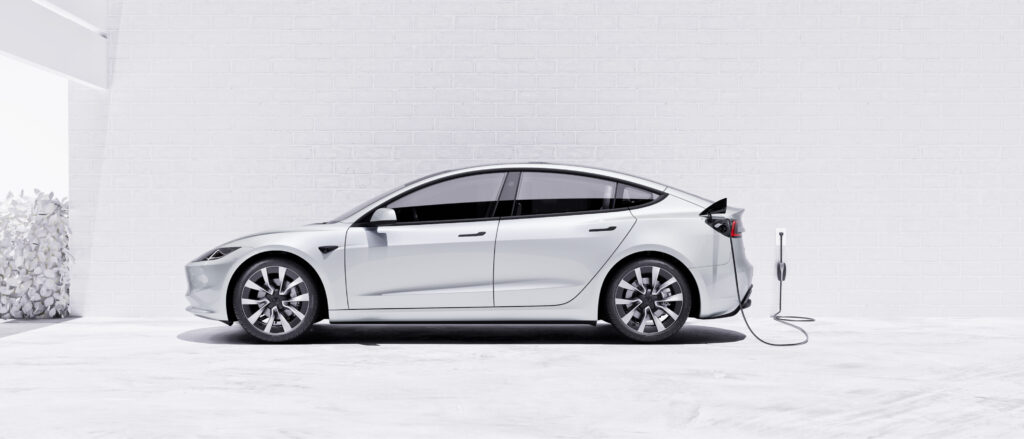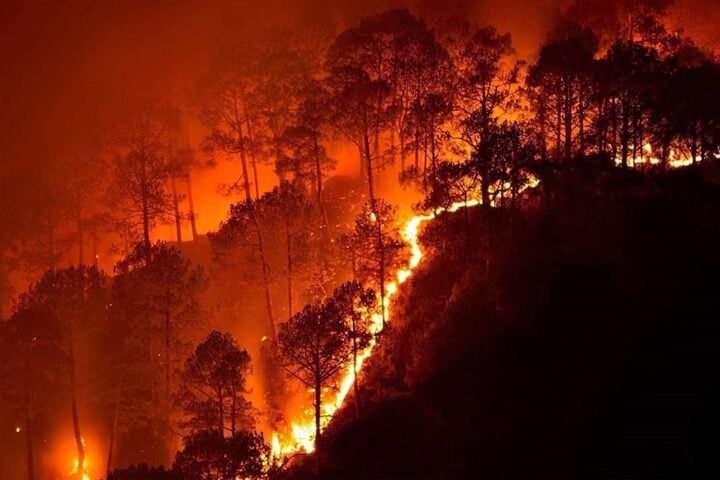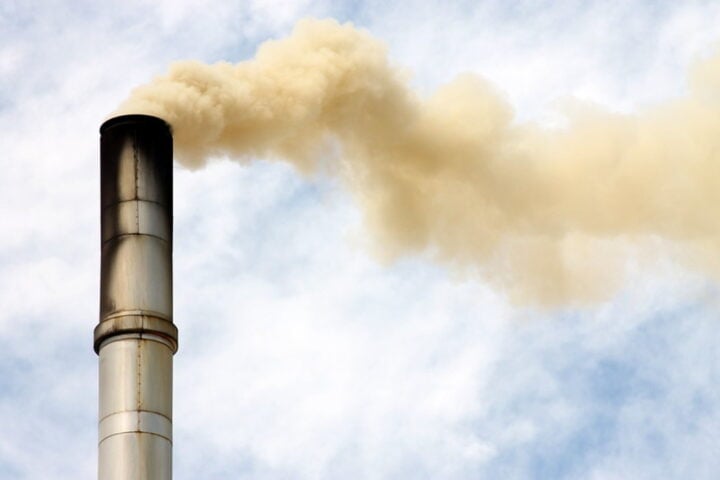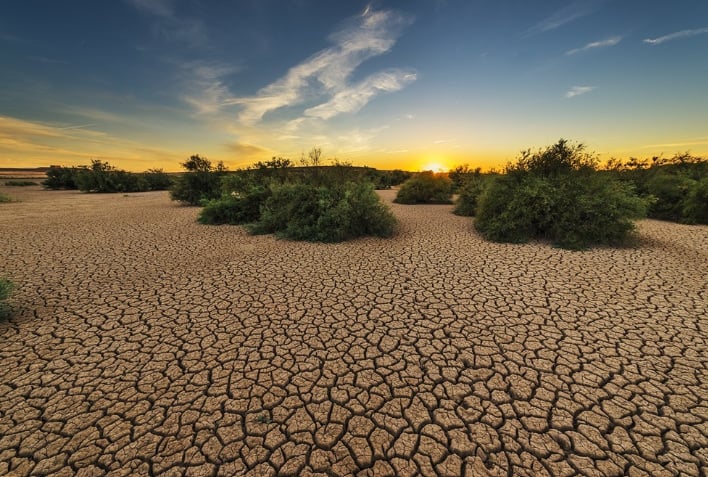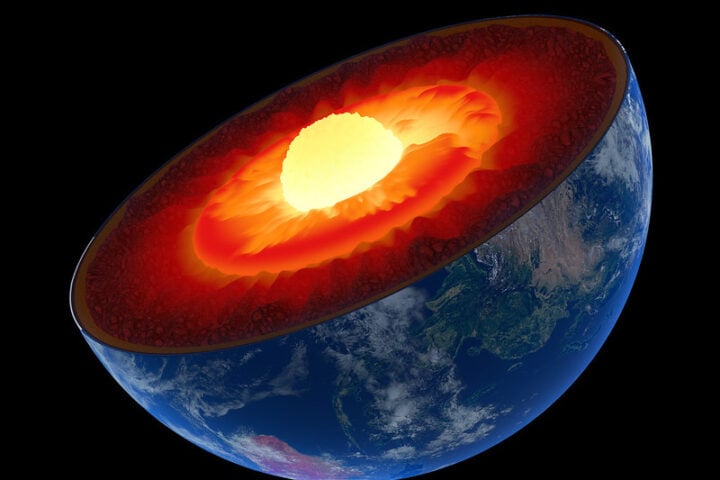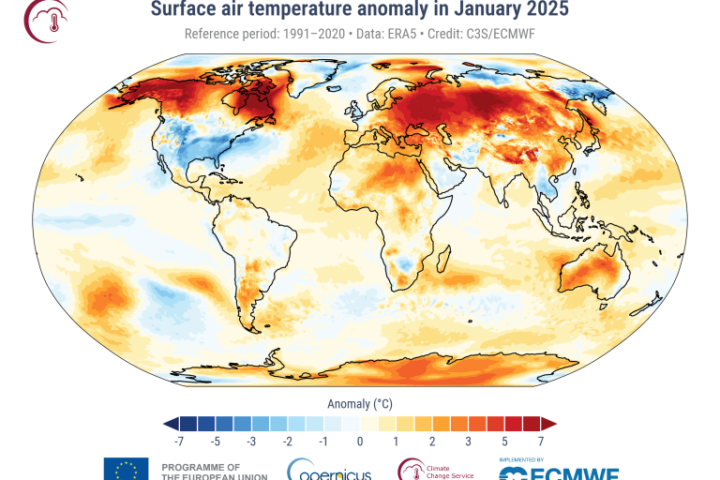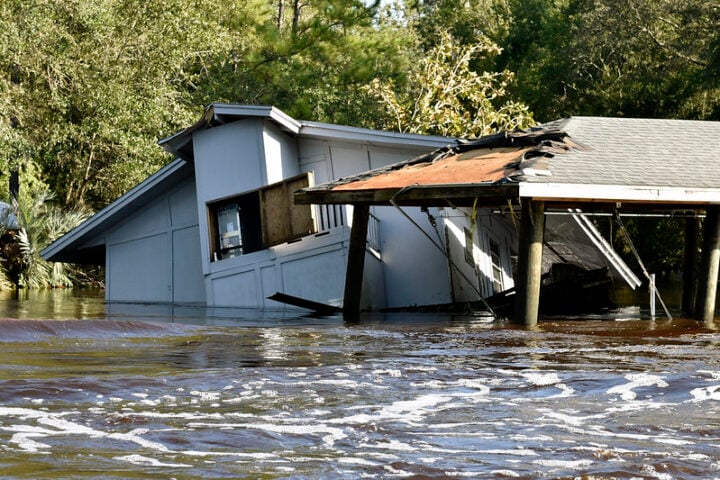The world is failing to curb greenhouse gas emissions, putting the Paris Agreement’s goal of limiting global temperature rise to 1.5°C in jeopardy, according to the United Nations Environment Programme’s (UNEP) Emissions Gap Report 2024. The report, released on Thursday, found that global emissions hit a staggering 57.1 gigatones of carbon dioxide equivalent (GtCO2e) in 2023, a 1.3% increase from the previous year. This alarming trend puts the world on a trajectory for a catastrophic 2.6-3.1°C temperature rise by the end of the century.
Insufficient Progress in Closing the Emissions Gap
The emissions gap – the difference between projected emissions under current policies and the levels needed to meet the Paris Agreement targets – remains unchanged from last year’s assessment. To stay within the 1.5°C limit, global emissions must plummet by 42% by 2030 and 57% by 2035 compared to 2019 levels. However, even with the full implementation of current Nationally Determined Contributions (NDCs), emissions are projected to fall by a mere 4-10% by 2030.
“We are teetering on a planetary tight rope,” warned UN Secretary-General António Guterres in a video message. “Either leaders bridge the emissions gap or we plunge headlong into climate disaster, with the poorest and most vulnerable suffering the most.
Power Sector Leads in Emissions, Followed by Transport and Agriculture
The power sector was the largest contributor to global emissions in 2023, followed by transport, agriculture, and industry. The G20 members, excluding the African Union, accounted for a staggering 77% of total emissions, while the UN’s list of 47 least developed countries contributed just 3%.
Urgent Need for Increased Mitigation Investment and Global Financial Reform
Closing the emissions gap requires a six-fold increase in mitigation investment, from $6.7 trillion to $11.7 trillion by 2035. According to the report, the incremental costs of redirecting investments from high to low carbon activities would be between $900 billion and $2.1 trillion per year. However, these costs pale in comparison to the benefits of avoiding the devastating impacts of climate change on health, nature, and people.
“I call on all parties and non-state actors to endorse these documents and help build momentum ahead of COP29. While signing these pledges alone will not deliver the changes we need, they play a significant role in supporting the COP29 Presidency’s vision to enhance ambition and enable action,” said Mukhtar Babayev, COP29 President-Designate.
Technological Solutions Offer Hope, But Rapid Deployment is Key
Despite the daunting challenge, the report emphasizes that affordable, proven technologies exist to achieve the necessary emissions reductions. Increased deployment of solar photovoltaic and wind energy could contribute 27% of the total emissions reduction potential by 2030 and 38% by 2035. Other strategies, such as reducing deforestation, reforestation, and improved forest management, could provide around 20% of the potential in both years.
“The most positive thing is really that we do have all these options and that there are no good reasons not to deploy them at a much larger scale and much faster than we have been doing so far,” said Anne Olhoff, chief climate advisor at UNEP and lead author of the report.
Strengthening NDCs and Including Non-CO2 Gases
The report calls on countries to adopt more ambitious NDCs, incorporating all gases covered by the Kyoto Protocol, including carbon dioxide, methane, nitrous oxide, and F-gases. Many countries, including several major economies, have yet to explicitly include non-carbon dioxide gases in their NDCs or long-term targets.
Similar Posts
Learning from Past Studies and Similar Instances
The Emissions Gap Report 2024 echoes the findings of previous studies, such as the Intergovernmental Global Warming of 1.5°C, released in 2018. The IPCC report warned that limiting global warming to 1.5°C would require rapid, far-reaching, and unprecedented changes in all aspects of society.
Similarly, the 2022 World Meteorological Organization (WMO) State of the Global Climate report found that the global average temperature in 2021 was 1.11°C above the pre-industrial level, making it the seventh consecutive year (2015-2021) that the global temperature has been over 1°C above pre-industrial levels.
“Today’s Emissions Gap report is clear: we’re playing with fire; but there can be no more playing for time. We’re out of time. Closing the emissions gap means closing the ambition gap, the implementation gap, and the finance gap. Starting at COP29,” asserted the UN Secretary-General.
The Way Forward: Global Cooperation and Immediate Action
As the world faces the monumental task of curbing emissions and mitigating the impacts of climate change, global cooperation and immediate action are more critical than ever. COP29 presents an opportunity for nations to demonstrate their commitment to the Paris Agreement by submitting more ambitious NDCs and agreeing on a new climate finance goal to support developing countries in their transition to low-carbon economies.
“We hear every day about how important this is, how much we need to act,” said Olhoff. “And in reality, we are only seeing baby steps where we should be seeing this quantum leap.”
The time for incremental progress has passed. The world must now unite in an unprecedented effort to close the emissions gap and secure a sustainable future for generations to come.
